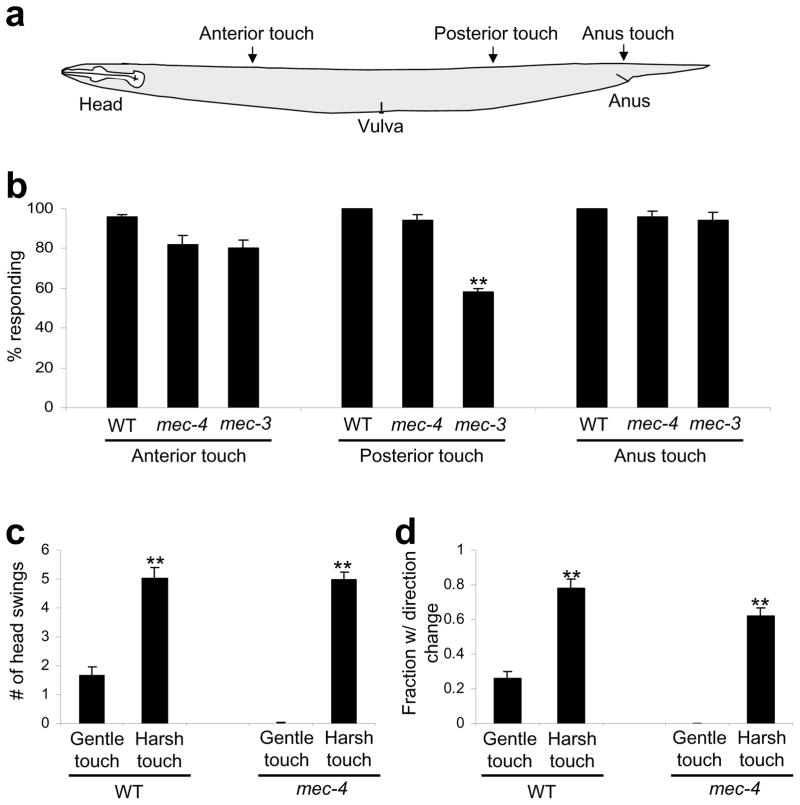Figure 1. Animals exhibit differential behavioral responses to harsh touch and gentle touch.
(a) A schematic illustrating the location of harsh touch stimuli delivered to different body segments.
(b) Response of WT, mec-4(e1611) and mec-3(e1338) worms to anterior, posterior and anus harsh touch. mec-4(e1611) and mec-3(e1338) worms were outcrossed for six and four times, respectively. The non-outcrossed CGC strain CB1338 of mec-3(e1338) was a bit unhealthy and showed reduced responses (Supplementary Figure S1). n=10. **p<0.0001 (ANOVA with Bonferroni test). Error bars: SEM.
(c) Animals respond to harsh touch more robustly than gentle touch. The number of head swings of backward movement triggered by anterior gentle and harsh touch was scored. **p<0.0001 (t test; harsh touch vs. gentle touch). However, harsh touch data from mec-4(e1611) mutant and wild-type under were not significantly different. n=10. Error bars: SEM.
(d) The frequency of direction change following backward movement triggered by anterior harsh touch and gentle touch. A direction change was defined as a ≥90 degree turn from the previous locomotion direction. **p<0.0001 (t test; harsh touch vs. gentle touch). However, harsh touch data from mec-4(e1611) mutant strain and wild-type were not significantly different. n=10. Error bars: SEM.

